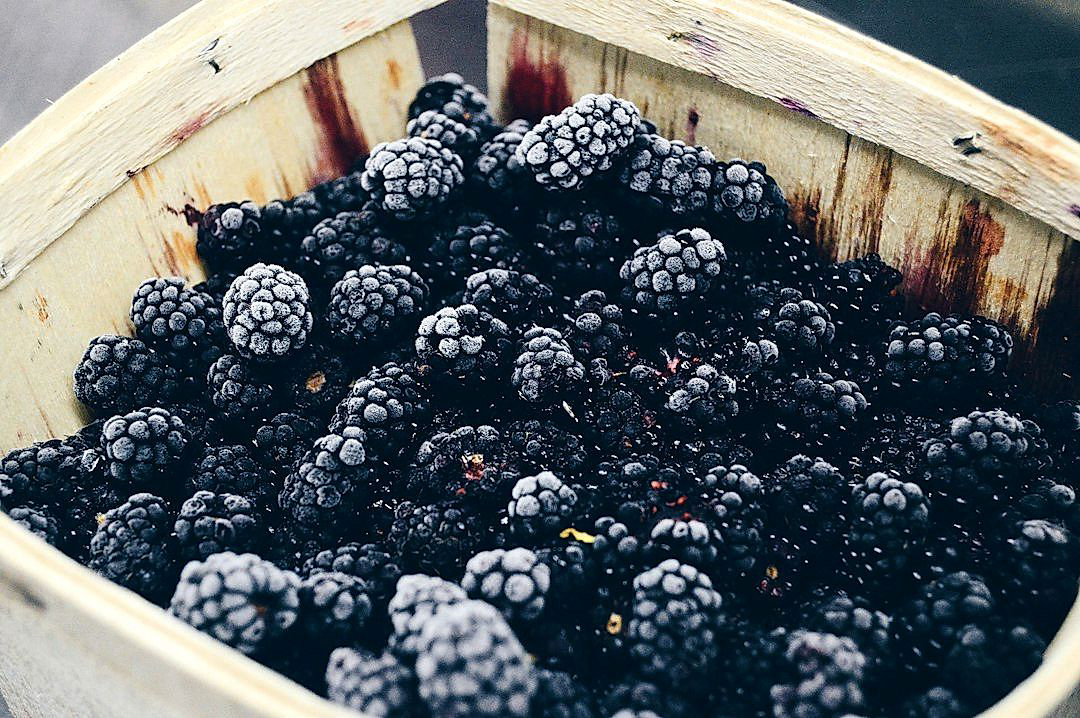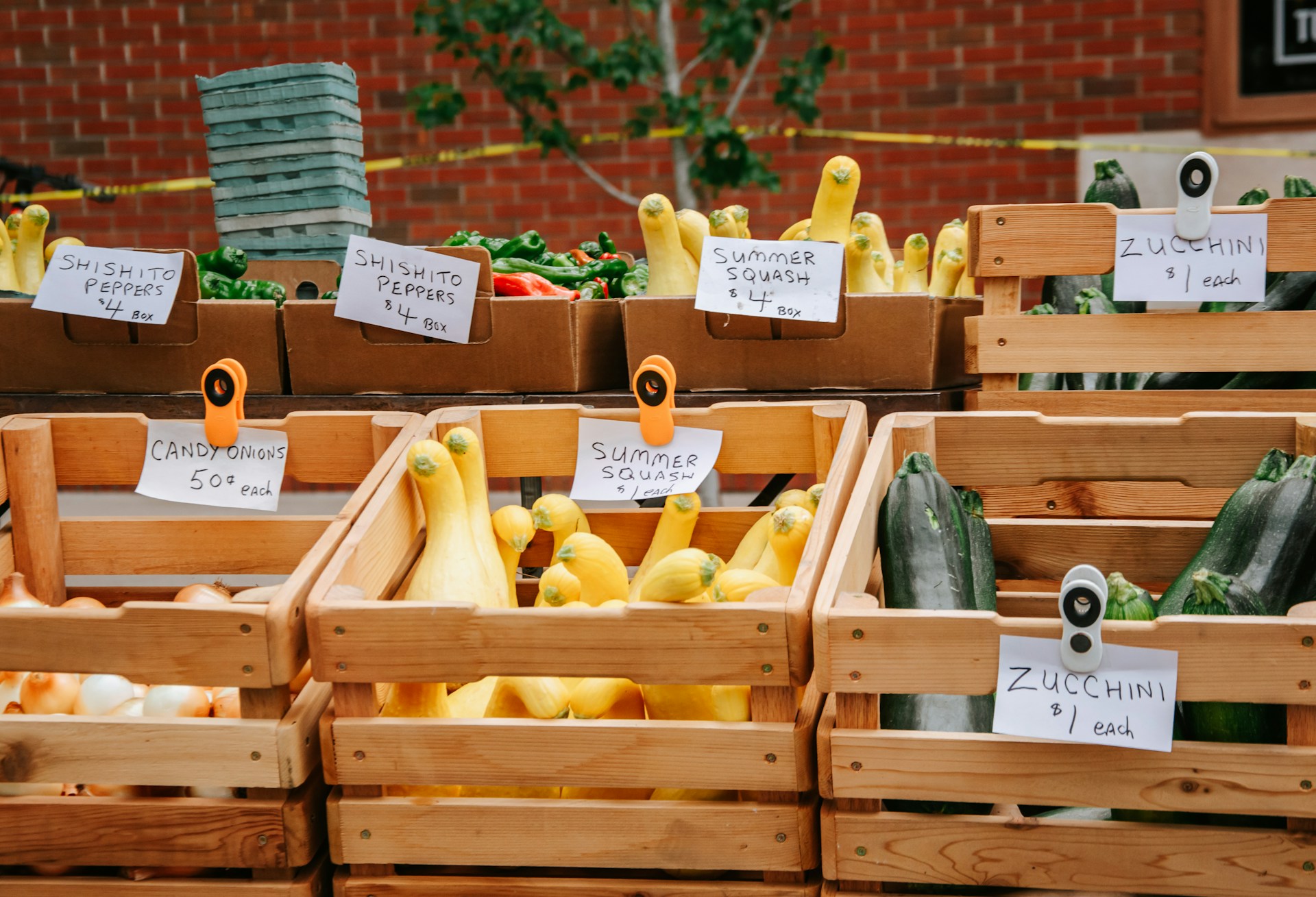As consumers become increasingly environmentally conscious, the need for more sustainable practices in the food industry has never been more apparent.
One area that offers significant potential for improvement is the produce packing process.
It is a sector marked by excessive use of plastic and other non-biodegradable materials that contribute substantially to global waste.
However, there are multiple ways through which this can be changed.
By reevaluating and adjusting our packing methods, the path to a more sustainable future becomes clearer.
This article will explore practical adjustments and alternatives to these methodologies, yielding steps towards a more sustainable packing process.
Contents
Steps To A Greener Produce Packing Process
1. Integrate Reusable, Biodegradable Packaging Materials
The first step towards shaping a greener produce packing process is to integrate reusable, biodegradable packaging materials.
This does not just imply replacing current packaging materials with greener alternatives, it involves a complete overhaul and rethinking of the current packaging process from the ground up.
The transition to reusable, biodegradable packaging demands a complete understanding of the lifecycle of packaging materials, from production to disposal.
It is an imperative to opt for materials that are not just eco-friendly during use, but also in terms of their production process and the disposal methods they command.
Reusable packaging materials, look beyond the initial use scenario, they offer value across multiple usage cycles, thereby reducing waste and the demand for fresh packaging materials.
A typical example of reusable packaging materials is glass containers that can be cleaned and reused over and over without degradation in quality.
Biodegradable packaging is another greener alternative, which when disposed, decomposes naturally without leaving any toxic by-products behind.
Examples of biodegradable packaging materials include compostable films, mushroom-based packaging, and more.
It is worth mentioning here that the integration of these materials needs to be viable economically and operationally for the businesses.
While the initial investment in shifting to greener packaging materials may be significant, the long-term benefits in terms of reduced carbon footprint and improved corporate social responsibility can outweigh these costs.
Naturally, these changes need to be communicated appropriately to the customers, emphasizing the company’s commitment to sustainability and the environment.
In addition, changes in packaging strategy does impact product handling and logistics, they need to be factored into the transition plan.
All this reinforces the fact that the shift to reusable, biodegradable packaging materials is not just a surface level change – it’s a strategic decision with significant implications across the organization.
Lastly, the legal and regulatory requirements governing packaging and waste management need to be completely understood and taken into account when planning this switch.
That’s why businesses striving for a greener produce packing process need to collaborate closely with legal, environmental, and corporate responsibility experts during this transition.
2. Implement energy-efficient machines for packing.
With the environmental shift towards sustainability, implementing energy-efficient machines for packing is a crucial step to take in the produce industry.
On the most basic level, energy-efficient machines consume less power as they complete the same tasks as traditional, more wasteful machines.
This can significantly reduce the energy consumption on the packaging line, making the entire process greener.
Utilizing energy-efficient machines is not just beneficial for the environment, but also for your company’s bottom-line.
The cost savings derived from less energy usage can be re-directed to other useful areas of the business, for instance, investing in more eco-friendly initiatives or bolstering company growth.
Moreover, energy-efficient machines have been proven to reduce operational wastage owing to their precision and speed, thus leading to less re-work, material waste, and energy use.
In addition to this, such machines also release fewer carbon emissions.
Mitigating carbon footprints in this manner is instrumental in promoting a greener and more sustainable future.
It is also crucial to remember that adopting energy-efficient machines is not just about replacing old systems with new ones.
This shift should be complemented by implementing effective power management schedules to avoid machines operating without purpose or running at non-peak hours.
An excellent starting point is by purchasing equipment that carries an Energy-Star rating.
This certification is an indicator of energy efficiency, high performance, and long-term cost-effectiveness.
However, the successful adoption of energy-efficient machinery would require not just purchasing but also continuous maintenance to ensure machines run optimally, thereby continuing to reduce energy consumption.
Such continuous maintenance can include timely servicing, constant check-ups, and following recommended OEM schedules.
Therefore, moving towards energy-efficient machines for packing is a clear progression towards a greener processing process in the long run.
This change is not only an environmental necessity in the present times but also a significant business strategy for competitive success.
3. Minimize waste during packaging process
The packaging process in most companies often produces a significant amount of waste.
A concerted effort is needed to minimize this waste to make your packaging process more eco-friendly and sustainable.
One way to minimize waste is to use optimal packaging materials in the necessary quantities to prevent any excess waste after the process.
Ensuring that you are adequately utilizing your packaging materials helps to minimize waste significantly.
Another way to reduce waste is to use modern, automated packaging machines that can measure and cut packaging materials accurately.
These machines ensure that there’s minimal leftover material, thus leading to a significant reduction in waste.
Integrating re-usable packaging materials is another efficient method to minimize waste during the packaging process.
These are materials like cardboard boxes, which can be reused multiple times before they need to be discarded or recycled.
This method not only helps to minimize packaging waste but also saves the organization valuable resources that could have been used to purchase more packaging materials.
Implementing a reliable recycling program can also be a big step towards minimizing packaging waste.
This involves collecting and recycling all packaging materials used, either by the organization itself or by third-party recycling companies.
It’s also essential to chase continuous improvement in waste reduction.
Consider regularly reviewing your packaging process and looking for ways to reduce waste even further.
Also, implementing a company-wide culture of sustainability can be massively helpful.
When all employees understand the importance of minimizing waste, it becomes an integral part of their work ethics and practices.
Lastly, employing external consultants who specialize in sustainable and eco-friendly practices can provide valuable insights on how to further reduce waste during the packaging process.
4. Use Renewable Energy Sources for Operations
Shifting towards renewable energy sources in the operational stages of packing can bring about profound, positive impacts on our environment.
Notably, a switch to renewable energy sources such as wind, solar, and hydro power can dramatically reduce the carbon footprint of the packing process.
Relying on non-renewable energy sources like coal, gas, and oil contributes to greenhouse gases which exacerbate the effects of climate change.
On the flipside, renewable energy sources create a more sustainable, cleaner, and greener produce packing process.
Investing in renewable energy is not only good for the earth, but it is also good for business.
Switching to renewable energy sources allows packing companies to become more sustainable while also reducing costs in the long run.
Although the initial costs may seem high, the long-term benefits as well as potential savings due to decreased energy bills make it a smart and sustainable decision.
Moreover, the use of renewable energy can even create job opportunities as it requires technical knowledge and expertise for installation and maintenance.
Also, as more and more businesses are transitioning to greener practices, those using renewable energy will likely be viewed more favorably by clients and customers who are becoming increasingly conscious about the environmental impacts of their purchases.
Another key consideration is the drastically improved efficiency that can be achieved through the use of renewable energy sources in the packing process.
Many forms of renewable energy technology, like solar panels and wind turbines, have seen significant technological advancements, meaning they are now more efficient and reliable than ever before.
Furthermore, in many countries, government incentives and support schemes are available for businesses that opt to use renewable energy, offering another reason to consider making the switch to greener production methods.
It’s crucial to understand that the choice of renewable energy source should depend on the particular circumstances and resources of the packing facility.
However, if done strategically with a long-term vision, the use of renewable energy sources can significantly improve the environmental footprint of the produce packing process, setting an example for greener industry practices.
In fact, every business, irrespective of industry, should consider how they can lessen their environmental impact – whether that be through waste reduction, energy efficiency, or else, a switch to renewable energy sources.
5. Incorporate a Recycling Program for Waste
One critical step in creating a greener produce packing process is integrating a recycling program for waste generated during packing.
Evidently, a well-structured recycling program not only helps in reducing waste but also contributes to resource conservation.
It’s important to understand that recycling is not just about collecting waste.
It also involves the process of converting these wastes into valuable resources which can be reused for packaging or other business operations.
An efficient recycling program can have a significant and positive impact on a company’s overall environmental footprint.
In essence, the incorporation of a recycling program can significantly reduce waste, conserve resources and ultimately contribute to the sustainability of a company.
To set up a successful recycling program, a company needs to have a clear understanding of the types of waste it produces.
Once the waste types have been identified, appropriate waste disposal measures can be put into place to ensure waste is not only disposed of correctly but also recycled where possible.
Moreover, employees play a vital role in the effective execution of a recycling program.
Keeping them engaged and informed about the recycling process and the significance of their role cannot be understated.
Creating an efficient recycling program requires time, planning, communication, accountability and commitment from all members of the organization.
Offering incentives to employees who adhere to and champion the recycling program can help maintain their engagement and commitment over time.
Recycling as part of the packing process can also be a marketable asset for the company.
In the contemporary business environment where customers prioritize sustainability, proclaiming your company as one that adopts green methods can generate positive PR and attract eco-conscious customers.
Providing recycling stations at visible and accessible points in the packing area can also improve the effectiveness of the program.
Auditing the effectiveness of the recycling program from time to time and making necessary adjustments is essential to achieving the desired results.
In addition, employing waste management experts to oversee the recycling program can ensure its success and improve the overall efficiency of the packing process.
The Bottom Line
Sustainable packaging solutions are a fundamental element of progressive corporate responsibility.
The adaptive integration of reusable and biodegradable materials, along with the implementation of energy-efficient packing machines, is key to achieving these goals.
Minimizing waste during the packaging process, utilizing renewable energy sources, and incorporating comprehensive recycling programs will significantly reduce environmental impact.
These measures combined safeguard the planet while fostering a positive brand image, clearly demonstrating that environmental responsibility and profitability are not mutually exclusive but rather harmoniously intertwined.




